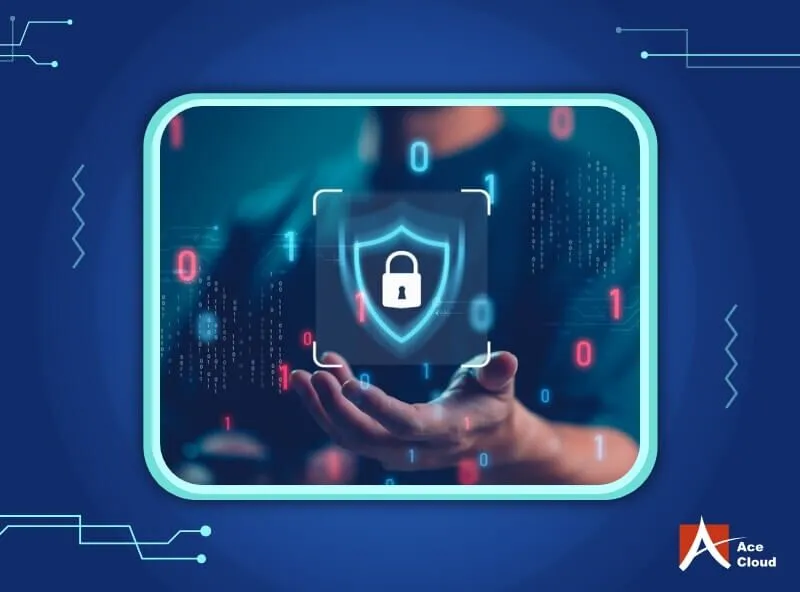Introduction
As technology continues to evolve, so do the tactics employed by cybercriminals. In 2024, cybersecurity is more critical than ever, with businesses and individuals facing sophisticated threats such as ransomware attacks, phishing schemes, and data breaches. This article explores the current cybersecurity landscape and offers actionable best practices to help you stay safe online.
The Evolving Cybersecurity Threat Landscape
1. Rising Sophistication of Cyberattacks
Cybercriminals are employing advanced tools such as artificial intelligence (AI) and machine learning (ML) to launch more targeted and effective attacks. These technologies allow them to bypass traditional security measures and exploit vulnerabilities at an unprecedented scale.
2. Increase in Ransomware Attacks
Ransomware remains one of the most significant threats in 2024. These attacks often paralyze organizations by encrypting critical data and demanding a ransom for its release. According to recent reports, the average ransom payment has increased significantly, with many businesses opting to pay to restore their operations quickly.
3. Remote Work Vulnerabilities
The widespread adoption of remote work has introduced new security challenges. Insecure home networks, the use of personal devices, and inadequate employee training create vulnerabilities that cybercriminals readily exploit.
4. Emergence of Quantum Threats
The advent of quantum computing poses potential risks to current encryption methods. While quantum computing holds tremendous promise for advancing technology, it also has the capability to render traditional encryption obsolete, necessitating a shift toward quantum-resistant cryptography.
Best Practices for Cybersecurity in 2024
1. Implement Strong Passwords and Multi-Factor Authentication (MFA)
Weak passwords remain a leading cause of data breaches. Use strong, unique passwords for each account, and enable MFA wherever possible. MFA adds an extra layer of security, making it harder for attackers to gain unauthorized access.
2. Keep Software and Systems Updated
Regularly update operating systems, software, and applications to patch known vulnerabilities. Cybercriminals often exploit outdated systems, so staying current is essential.
3. Educate and Train Employees
Human error is one of the weakest links in cybersecurity. Conduct regular training sessions to educate employees about recognizing phishing emails, avoiding suspicious links, and adhering to company security protocols.
4. Use Advanced Endpoint Protection
Endpoint protection tools safeguard devices such as laptops, smartphones, and desktops. Invest in solutions that provide real-time threat detection and automated responses to neutralize potential risks.
5. Secure Your Network
Use firewalls, Virtual Private Networks (VPNs), and intrusion detection systems to protect your network from unauthorized access. Ensure home networks used for remote work are equally secure.
6. Back Up Data Regularly
Maintain regular backups of critical data and store them securely offline or in a cloud environment. Regular backups can help mitigate the impact of ransomware attacks and minimize downtime.
7. Adopt Zero-Trust Architecture
A zero-trust approach assumes that every request for access is potentially malicious. Implement strict access controls, monitor user behavior, and require continuous authentication to verify trustworthiness.
8. Leverage AI and ML in Cybersecurity
Use AI and ML tools to detect anomalies, identify patterns, and predict potential threats. These technologies enable faster and more accurate threat detection, helping organizations stay one step ahead of attackers.
9. Invest in Quantum-Resistant Cryptography
Prepare for the future by transitioning to quantum-resistant cryptographic algorithms. These algorithms ensure that sensitive data remains secure in a post-quantum world.
10. Monitor and Audit Regularly
Conduct regular audits of your security infrastructure to identify vulnerabilities. Use monitoring tools to track network activity and respond promptly to suspicious behavior.
Cybersecurity Trends to Watch in 2024
1. Increased Regulation and Compliance
Governments worldwide are introducing stricter cybersecurity regulations to protect sensitive data. Businesses must stay informed about regulatory requirements to avoid fines and reputational damage.
2. Rise of Cyber Insurance
As cyber threats grow, more organizations are turning to cyber insurance to mitigate financial risks. Cyber insurance policies cover costs related to data breaches, ransomware attacks, and other incidents.
3. Focus on IoT Security
The proliferation of Internet of Things (IoT) devices introduces new vulnerabilities. Ensuring the security of connected devices is a top priority for businesses in 2024.
4. Emphasis on Identity Management
Identity management solutions, such as Single Sign-On (SSO) and identity federation, are gaining traction to streamline user access while enhancing security.
Conclusion
Cybersecurity in 2024 requires a proactive and multifaceted approach. By understanding the evolving threat landscape and implementing robust security measures, individuals and businesses can protect their data, systems, and reputations. As technology advances, staying vigilant and adopting emerging security practices will be key to staying safe online.
Remember, cybersecurity is not a one-time effort but an ongoing commitment to safeguarding digital assets in an increasingly interconnected world.

